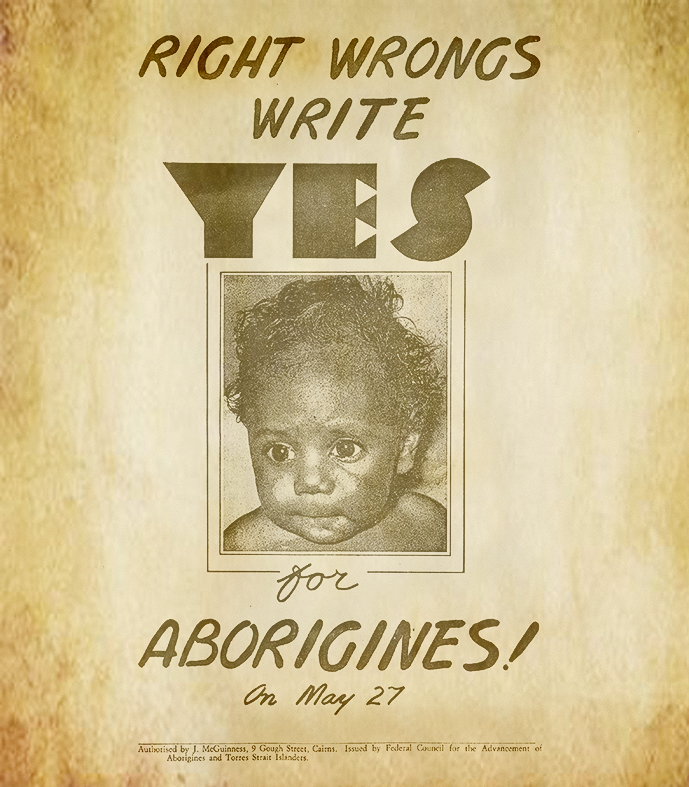





Photo: Aborigines Bill [Proof Copy, NSW Government, 1968] (State Library of NSW)
The 1967 Referendum put the following question to the Australian people:
Do you approve the proposed law for the alteration of the Constitution entitled 'An Act to alter the Constitution so as to omit certain words relating to the people of the Aboriginal race in any state and so that Aboriginals are to be counted in reckoning the population'?
Until the 1967 referendum, Aboriginal and Torres Strait Islander people were not included in the census and therefore weren’t considered members of the Australian population.
The 1967 referendum changed Section 51 of the Constitution to allow the parliament to “make laws for peace, order and good government” for all Australians, where previously Aboriginal people had been specifically excluded.
In 1965, Charles Perkins, the first Aboriginal man to graduate from an Australian university (the University of Sydney), led a Freedom Ride through towns in western NSW to raise awareness of the poor state of Aboriginal health, education and housing. The Sydney students gained significant public attention, and are credited with influencing the outcome of the referendum.
The 1967 referendum was the most successful in Australia’s history. There have been 44 referenda since 1901 and only eight of those have returned a ‘yes’ vote.
Although it is a common misconception, the 1967 referendum did not give Aboriginal and Torres Strait Islander peoples the right to vote. This right had already been legislated for Commonwealth elections in 1962.
The Australian Constitution came into effect on 1 January 1901, establishing the Commonwealth of Australia. It is a living document — which continues to shape Australia — and is notoriously difficult to change. Since 1901, 19 referendums have proposed 44 changes to the Constitution; only eight changes have been agreed to.
Before a referendum can take place, the proposed changes must be approved by the Parliament and put to the Australian voting public. A referendum is only passed if it is approved by a majority of voters in a majority of states, and by a majority of voters across the nation. This is known as a double majority. Territory voters are only counted in the national majority.
